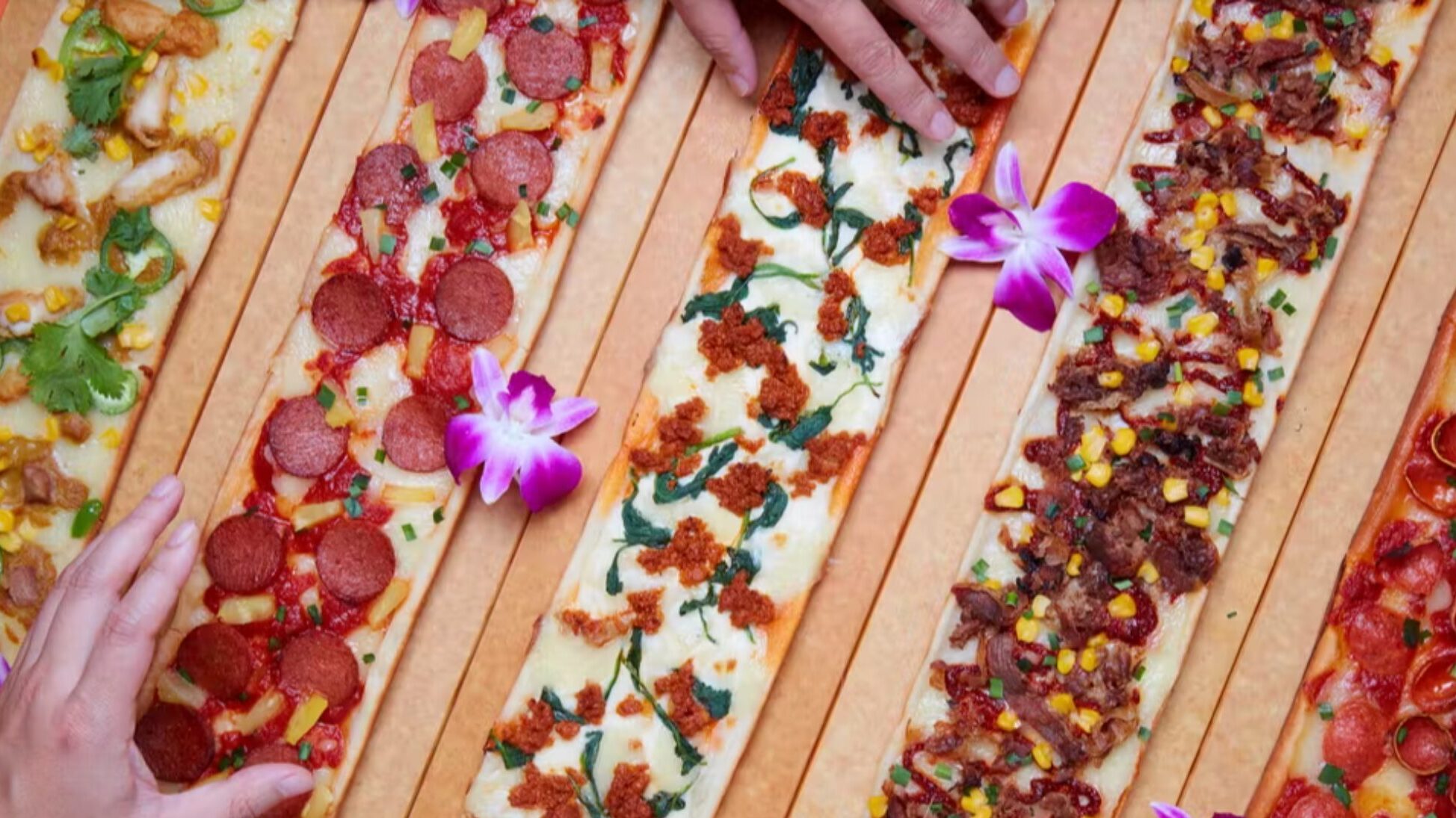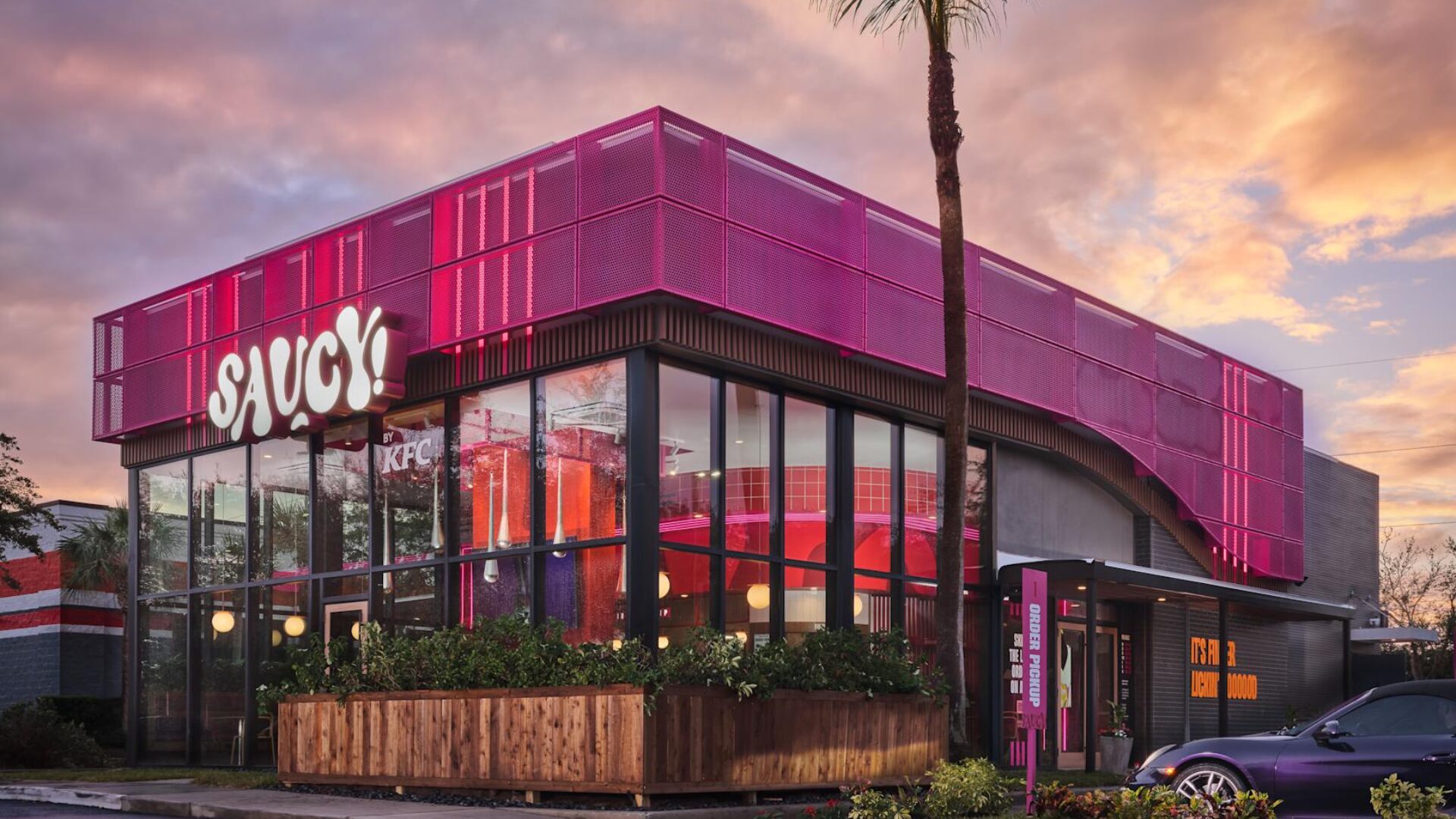It’s pi day, and whether celebrating with a classic apple pie or debating whether or not pineapple is a viable ingredient atop a pizza, one fact remains clear: Americans love their pizza, chowing down on an estimated 3 billion pies annually – thin crust, thick crust, deep dish, stuffed, along with all manner of toppings from plain cheese to ham and pineapple to KFC’s Chizza and myriad global concoctions.
Now there’s a new variable in the $45.1 billion pizzaverse: an Asian-influenced variety that replaces the traditional bready crust with one textured like mochi, that steamed glutinous rice cake so popular in Japan. The result is crispy on the outside and chewy on the inside.
Chef Ty Mahler, executive chef and co-founder of Mochiko, told The Food Institute he and his partner, Peter Yen, wanted to create an Asian-style pizza, but especially were interested in creating an entirely new crust. Mochiko has outlets in San Francisco, Palo Alto, and Burlingame, California, and in addition to crafting an entirely novel pizza, the result had the added benefit of being gluten-free.
“Since both of our families really like mochi products, we thought it would be interesting if we could make a savory mochi crust,” Mahler said, adding that they tested out hundreds of iterations on family and friends before settling on their unique blend of rice flours.
Mahler said they wanted to stick with some of the traditional aspects of pizza, including a tomato-based sauce rather than a more Asian sauce. During the development, they tested many cheeses, “but few could rival mozzarella’s flavor and cheese pull.”
The nod toward tradition also meant Mochiko’s offerings would include pepperoni and sausage. To shake things up, Mochiko comes in chicken curry, spicy pork, and Hawaiian with crab and shrimp varieties, as well. New flavors are under development, Mahler said.
“People who like Asian flavors and/or mochi products have been extremely curious to try [our pizza],” Mahler said. “There will always be people who prefer the ‘traditional’ things in life, but things evolve and change. The culinary scene is no different.”
Large pies run $18-20; mediums cost $13-15.
Mochiko sells its wares out of fast-casual, counter service stores with some outdoor seating. Mahler said the product is “meant to be casual and easy for takeout or delivery.”
Currently, there are no plans to expand beyond the three outlets, but Mahler and Yen have been talking to “potential licensing operators as well as exploring making a frozen mochi product to distribute to supermarkets” and direct-to-consumer.
For now, “we are continuing to tweak and solidify the menu and operations before expanding.”
Mahler and Yen teamed up earlier for Sushirrito, which combines Japanese and Latin flavors with hand-held sushi burritos.
Mahler began his cooking career at the age of 12 when one of the chefs at the country club where he worked failed to show up. At the age of 16, he entered the New England Culinary Institute, becoming the youngest graduate of his class. From there, it was off to France to intern under Michelin-Star chef Jean-Michael Bouvier.
Back in the states, Mahler served as executive chef and part owner of Roy’s Hawaiian Fusion in San Francisco and spent two years at Emeril’s in New Orleans.











